Building Empathy and Perspective-Taking in Children: A Guide for Parents and Educators
Empathy and perspective-taking are essential social-emotional skills that help children develop meaningful relationships, resolve conflicts peacefully, and become compassionate adults. Understanding how these skills develop and implementing effective strategies can significantly impact a child's social competence. This article explores developmental milestones, practical activities, and resources that foster empathy and perspective-taking, providing actionable guidance for parents, caregivers, and educators.
Understanding the Development of Empathy and Perspective-Taking
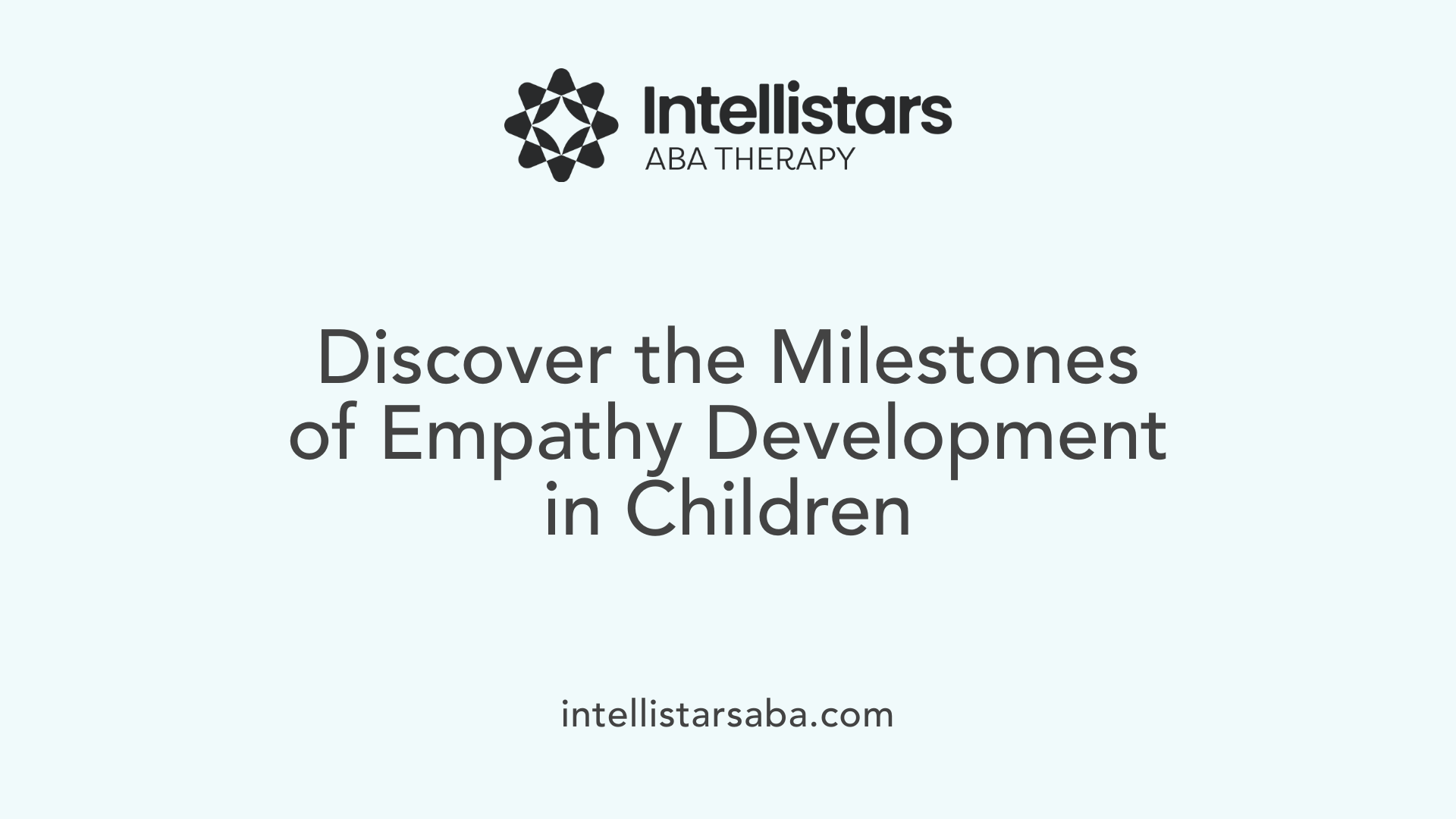
What are developmental milestones associated with empathy and perspective-taking in children?
Children's ability to understand and relate to others' feelings and thoughts develops gradually over the years. In infancy, from birth to around 2 years old, infants display basic emotional responses such as crying when they see others upset, which is an early form of emotional contagion. As they grow, between ages 2 and 3, children start recognizing and responding to others' emotions. They may show concern or try to comfort someone, indicating emerging affective empathy.
By preschool age, approximately 4 to 5 years old, children typically develop the concept of perspective-taking, often called theory of mind. This means they begin to understand that other people have different thoughts, feelings, and viewpoints from their own. This developmental milestone allows them to respond more empathetically in everyday situations.
As children progress into middle childhood and adolescence, their grasp of complex emotions and moral considerations deepens. They start understanding societal issues and advocating for others, fostering closer empathetic bonds. These milestones reflect a growing ability not only to recognize emotions but also to consider multiple perspectives that shape human social interactions.
| Developmental Stage | Age Range | Key Skills and Behaviors | Example Activities |
|---|---|---|---|
| Infancy | 0-2 years | Basic emotional responses; emotional contagion | Responding to others' distress, mirroring emotions |
| Toddlerhood | 2-3 years | Recognizing and responding to emotions | Comforting a crying peer, showing concern |
| Preschool | 4-5 years | Understanding others' perspectives; theory of mind | Explaining that others might feel differently |
| Middle Childhood | 6-12 years | Complex emotions; moral reasoning | Participating in role-play, expressing empathy |
| Adolescence | 13+ years | Moral development; advocacy; societal perspective | Engaging in social justice activities |
Understanding these advancing stages can help caregivers and educators support children’s emotional and social growth effectively. Proper guidance and activities at each stage promote empathy, perspective-taking, and better social functioning.
Effective Strategies for Teaching and Fostering Empathy and Perspective-Taking
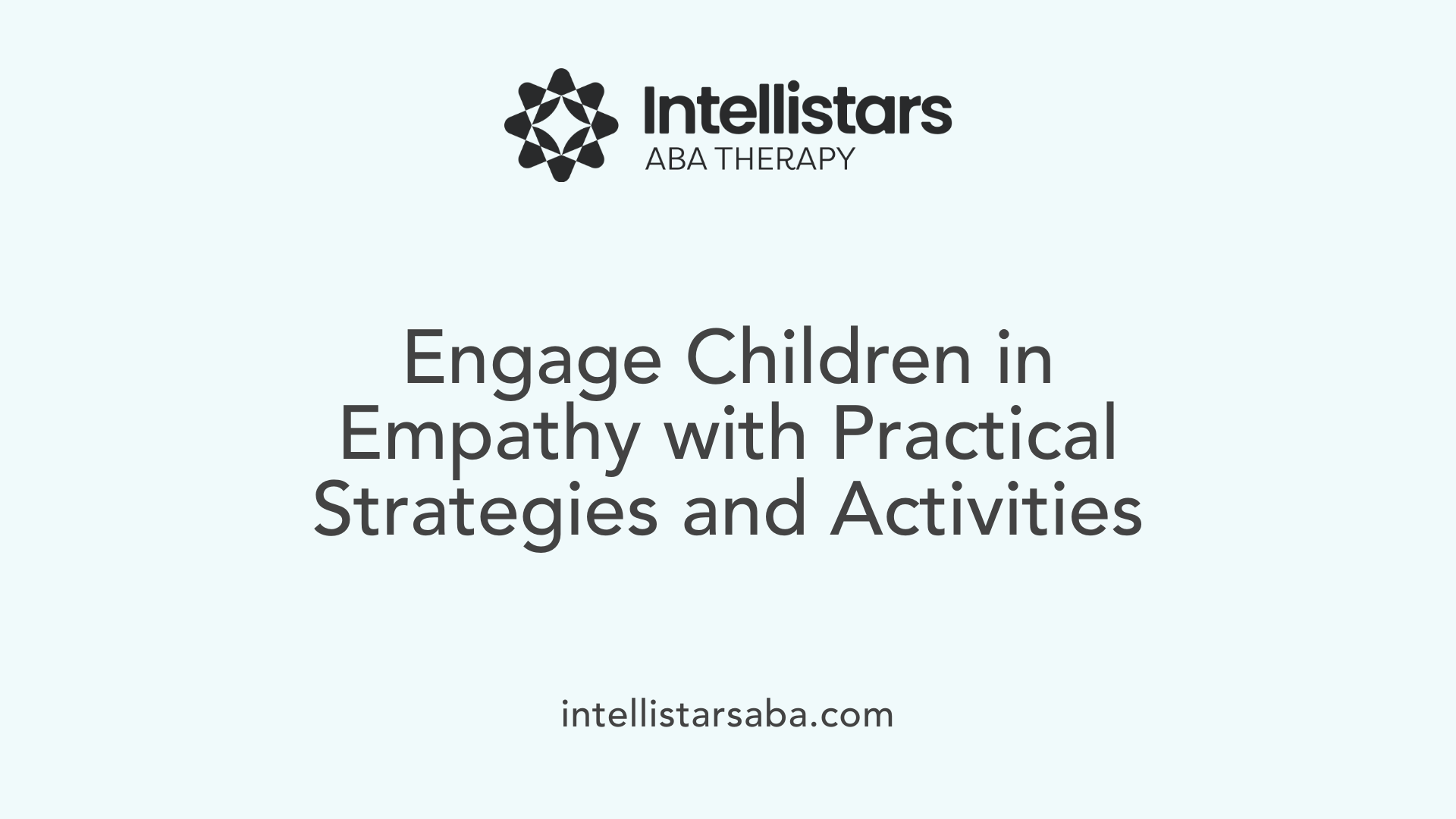
What are effective strategies and activities to teach and foster empathy and perspective-taking in children?
Teaching children to understand and consider others' feelings and viewpoints is essential for developing empathy and social skills. Several practical approaches can make this learning engaging and effective.
Modeling empathetic behavior by adults demonstrates how to show compassion, respect, and understanding. When caregivers and teachers openly express emotions and treat others kindly, children learn through imitation.
Offering opportunities for perspective-taking activities helps children practice seeing from others' viewpoints. Activities like family discussions about feelings, analyzing characters' motives in stories, or discussing ethical dilemmas expose children to different perspectives.
Using stories and role-play is particularly effective. Reading books that explore characters’ feelings, such as 'What is a Thought' or 'Duck! Rabbit!', allows children to step into others' shoes virtually. Role-playing with props like shoes, hats, and scarves or using perspective glasses helps them embody different characters, fostering understanding.
Engaging in discussions about why people feel certain emotions helps children realize that different perspectives are valid. Asking open-ended questions like, “What do you think she’s feeling?” encourages reflection.
Encouraging caring concerns beyond their immediate circle broadens empathy. Talking about community helpers, different cultures, or people with life challenges helps children develop caring attitudes to those who differ from them.
Creating a caring environment with activities like empathy calendars, buddy systems, and stories emphasizing kindness nurtures a supportive atmosphere.
Implementing emotional regulation techniques such as recognizing feelings and practicing calming strategies enables children to manage their emotions, which is crucial for empathetic interactions.
Integrating these strategies through consistent practice helps children develop a genuine capacity for empathy and perspective-taking, shaping them into compassionate and socially aware individuals.
The Role of Parents and Caregivers in Developing Empathy
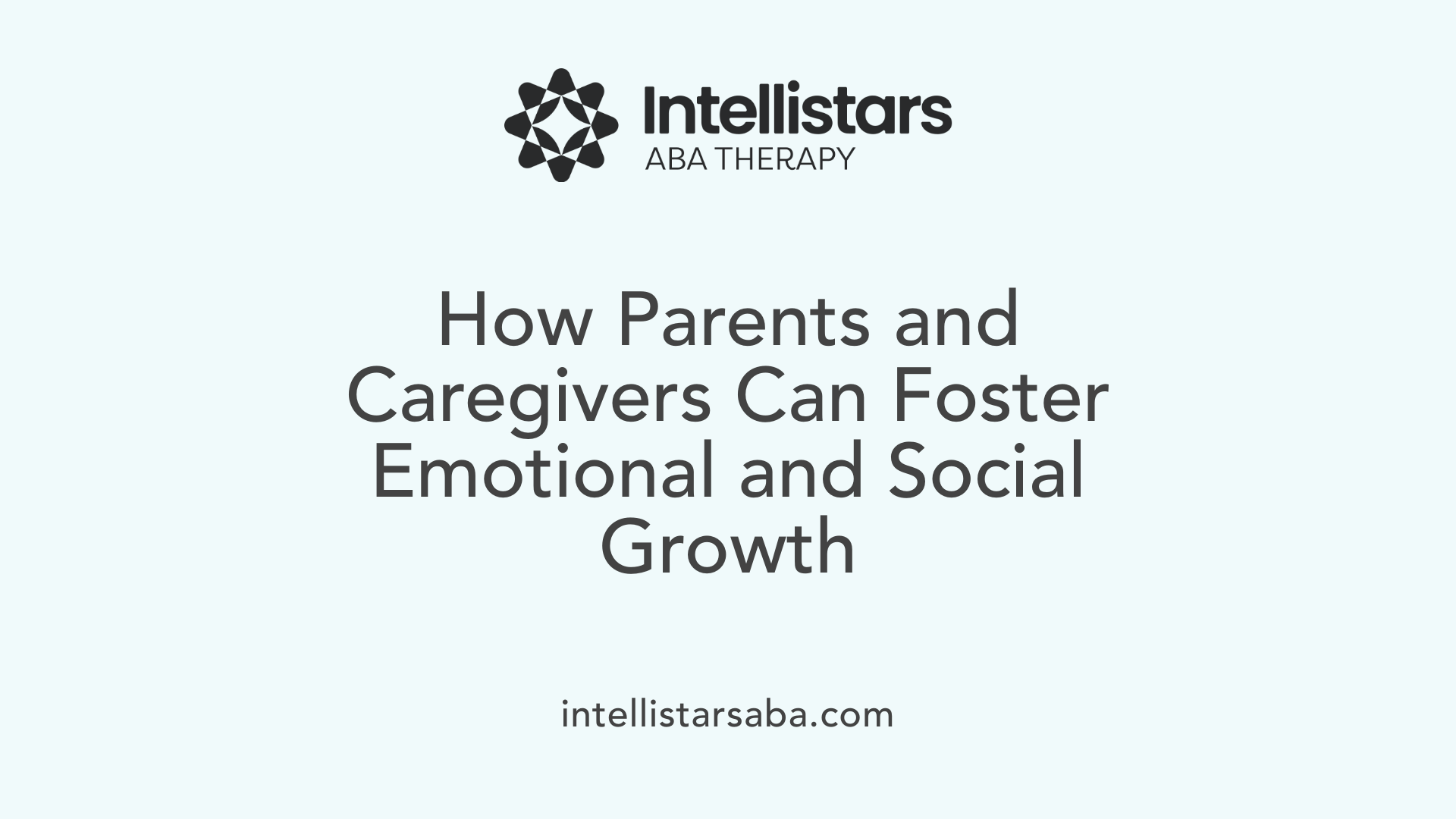
How can parents and caregivers support children's social-emotional development related to empathy and perspective-taking?
Parents and caregivers play a crucial role in fostering empathy and perspective-taking skills in children. One of the most effective strategies is creating supportive and trusting relationships. When children feel safe and secure, they are more open to learning about others' feelings and viewpoints.
Modeling empathetic behavior is essential. Caregivers can demonstrate kindness, understanding, and patience in everyday interactions. By reflecting on their own feelings and showing empathy toward others, they provide a live example for children to imitate.
Engaging children in conversations about emotions helps them develop emotional literacy. Asking children how they feel and encouraging them to express their thoughts cultivates awareness of their own emotional states, which is foundational for understanding others.
Using books and stories with social-emotional themes is another powerful tool. Reading stories like 'What is a Thought' or 'Duck! Rabbit!' enables children to see different perspectives and understand complex feelings through relatable characters.
Problem-solving interactions, where children are guided through resolving conflicts or dilemmas with an emphasis on understanding all sides, enhance social skills and resilience. These experiences teach children how to cooperate and respect others' viewpoints.
Providing abundant opportunities for social-emotional learning involves activities like cooperative play, role-playing, and empathy exercises. For example, using props like perspective glasses or engaging in empathy-focused games helps children practice seeing the world through others' eyes.
Positive reinforcement and clear expectations further support development. Praising empathetic actions and patiently guiding children during social challenges encourage sustained growth in emotional understanding and social interaction.
In sum, nurturing empathy through supportive relationships, modeling, engaging conversations, reading, and interactive activities creates a strong foundation for children's social-emotional growth.
Activities and Resources for Educators to Promote Empathy and Perspective-Taking
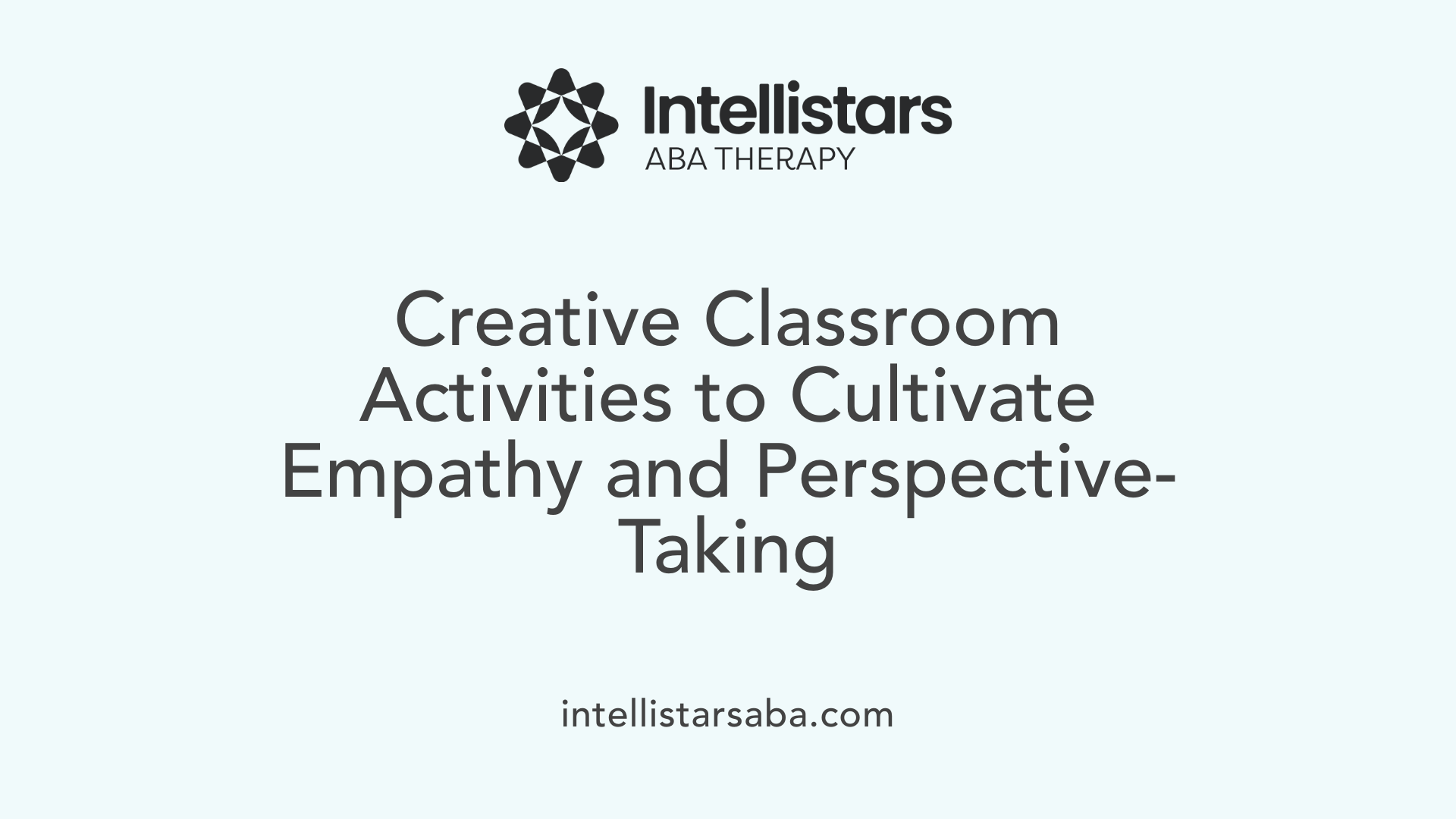
How can educators incorporate activities and resources to teach empathy and perspective-taking?
Teachers play a vital role in nurturing empathy and understanding among students. A variety of engaging activities and accessible resources can be integrated into the classroom to foster these social skills.
One effective approach includes role-playing activities, storytelling, and reflection exercises. For example, students can act out different scenarios, take on roles, or reflect on stories to imagine what others might feel or think. These methods encourage children to consider diverse perspectives in a safe environment.
Utilizing structured worksheets and game-based activities like empathy bingo or the Build-It Challenge helps develop teamwork, active listening, and emotional understanding. These tools are designed to make learning about others' feelings interactive and fun.
Modeling empathy is equally important. Teachers can demonstrate compassion during classroom interactions, use discussion guides to facilitate conversations about feelings, and praise empathetic behaviors. Observing body language and practicing mindfulness can teach children to recognize emotions more accurately.
Beyond the classroom, community projects and charity activities provide real-life contexts for practicing kindness and understanding. Narrative exchange programs, such as sharing stories through initiatives like Humans of Your School, deepen students' awareness of others' lived experiences.
Combining these activities with intentional discussion and reflection nurtures a classroom environment where empathy flourishes. Overall, the integration of engaging exercises, practical resources, and empathetic modeling creates a comprehensive strategy to develop essential social skills in students.
Using Books, Media, and Props to Teach Perspective-Taking Effectively
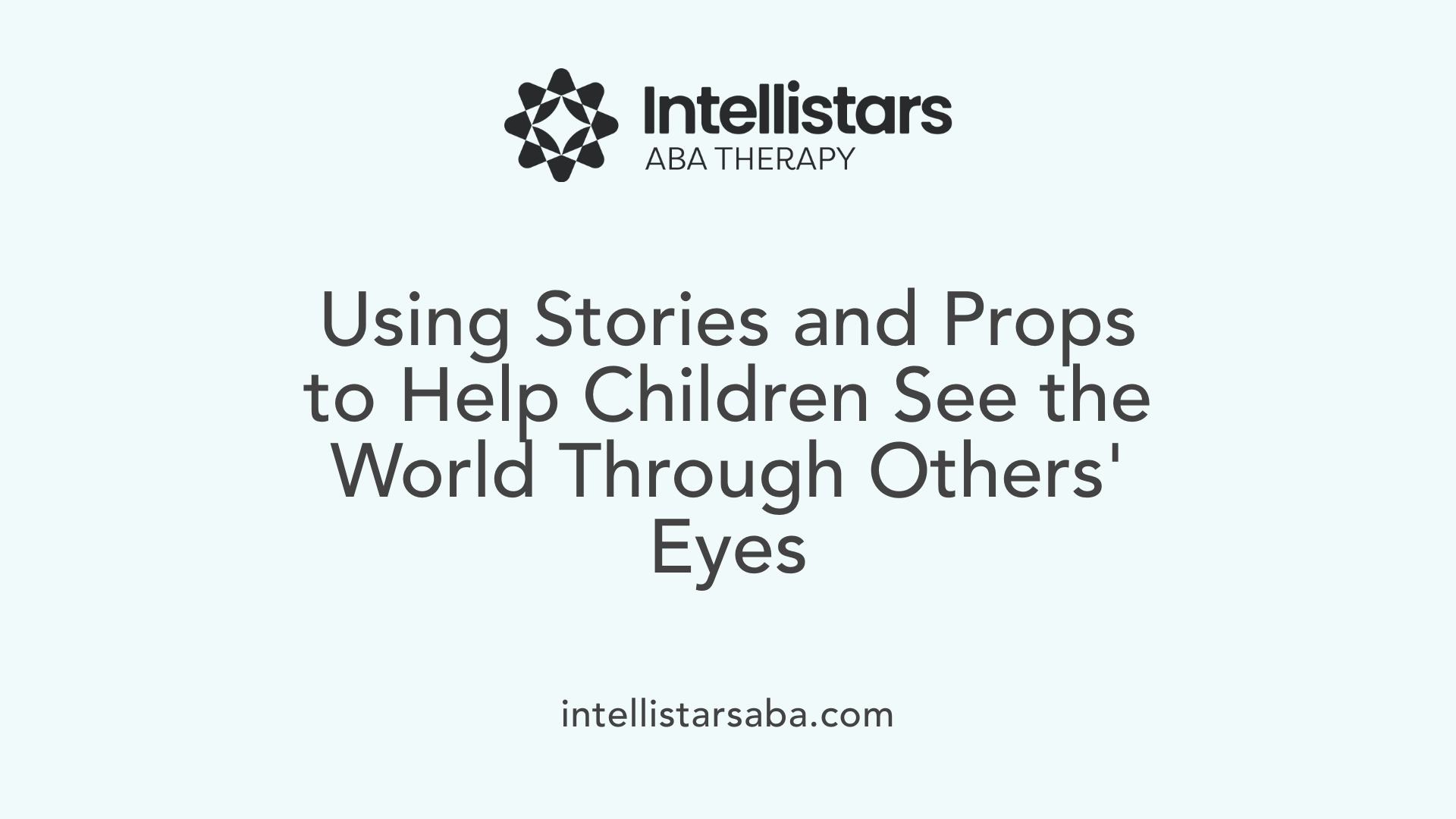 Children’s ability to understand and imagine what others are feeling or thinking, known as perspective-taking, can be nurtured through various engaging methods with books, media, and props.
Children’s ability to understand and imagine what others are feeling or thinking, known as perspective-taking, can be nurtured through various engaging methods with books, media, and props.
Emotionally charged books are particularly useful tools. Titles like 'What is a Thought' by Amy Kahofer and Jack Pransky and 'Duck! Rabbit!' by Amy Krouse Rosenthal introduce children to different viewpoints by portraying characters with diverse feelings and thoughts. 'Stand in My Shoes' by Bob Sornson and series such as 'Weird!' and 'Hey, Little Ant' are also excellent resources for bibliotherapy, guiding children to see the world through others' eyes.
Props like perspective glasses and optical illusions serve as fun and interactive tools to illustrate different viewpoints. For example, perspective glasses help children experience the world from someone else’s visual perspective, making the abstract concept of differing viewpoints more concrete.
Video game design offers an innovative way to promote perspective-taking. These games provide immersive experiences where children actively step into different roles or scenarios, encouraging them to consider multiple perspectives in a safe, controlled environment.
In addition to books and props, integrating audiovisual resources enriches understanding. Using storytime to discuss characters’ feelings, asking children about what different characters might think or feel, and employing props can make lessons more engaging and memorable. Activities like switching pronouns to see situations from another’s point of view further develop cognitive flexibility necessary for empathy.
Incorporating these methods into educational and therapeutic settings helps children build their emotional insight, fostering empathy and better social interactions. Through stories, visual aids, and interactive media, children learn to appreciate diverse perspectives, an essential skill for their emotional and social growth.
Activities Incorporating Emotional Literacy to Enhance Empathy
What are practical activities to help children recognize and understand emotions?
Helping children develop emotional literacy is a crucial step toward fostering empathy and perspective-taking. One effective approach involves using visual tools like feelings check posters and anchor charts. These resources display various emotions with accompanying pictures and words, aiding children in identifying and naming their own feelings as well as recognizing emotions in others.
In addition to visual aids, engaging children in discussions about emotions enhances their understanding. For example, teachers and parents can ask questions like
Summary and Practical Steps for Promoting Empathy and Perspective-Taking
Creating a caring environment
Fostering empathy and perspective-taking begins with building a supportive atmosphere where children feel safe expressing their emotions and exploring others' feelings. Using visual tools such as feelings check posters or anchor charts helps children identify and understand their own emotions and recognize those of others. Activities like reading emotionally charged stories and discussing characters' feelings offer children opportunities to consider different viewpoints.
Modeling empathetic behavior
Children learn a great deal by observation. Caregivers and educators can model kindness, compassion, and understanding through their everyday interactions. Demonstrating phrases like “I see what you mean” or “I understand where you are coming from” during conversations encourages children to imitate respectful communication. Using role-play, games, and props such as perspective glasses can further reinforce these skills in a fun, engaging way.
Encouraging social-emotional skills in everyday life
Integrating simple, practical exercises into daily routines helps strengthen perspective-taking. For example, encouraging children to share their feelings, participate in buddy systems, or complete empathy calendars provides continuous opportunities for practice. Reading books like 'Stand in My Shoes' and using discussion questions about characters’ thoughts and emotions cultivate deeper understanding. Educational tools like empathy boom cards and structured activities such as object guessing games or respectful disagreement games support ongoing development. When children repeatedly practice imagining others' viewpoints, they develop stronger empathy and social awareness, essential for positive relationships and conflict resolution.
Fostering Lifelong Compassion and Connection
Supporting the development of empathy and perspective-taking skills in children lays the foundation for compassionate, socially adept individuals. Through intentional modeling, engaging activities, thoughtful use of resources, and fostering emotional literacy, parents and educators can nurture empathy that extends beyond childhood, enriching both personal relationships and community life. By prioritizing these skills, we prepare children to act with kindness, understanding, and respect in an increasingly interconnected world.
References
- Perspective Taking: The Hidden Way Kids Learn Empathy
- Building Perspective-Taking Skills in Young Children
- 7 Ways to Teach Perspective Taking and Stretch Students' ...
- Perspective Taking: The Social Skill You Want to be ...
- My 5 Favorite Strategies to Teach Empathy to Kids
- Promoting Young Children's Social and Emotional Health
- Strategies to Support Social-Emotional Development
- Social and Emotional Development
- 5 Ways to Support Social-Emotional Development in Early ...






